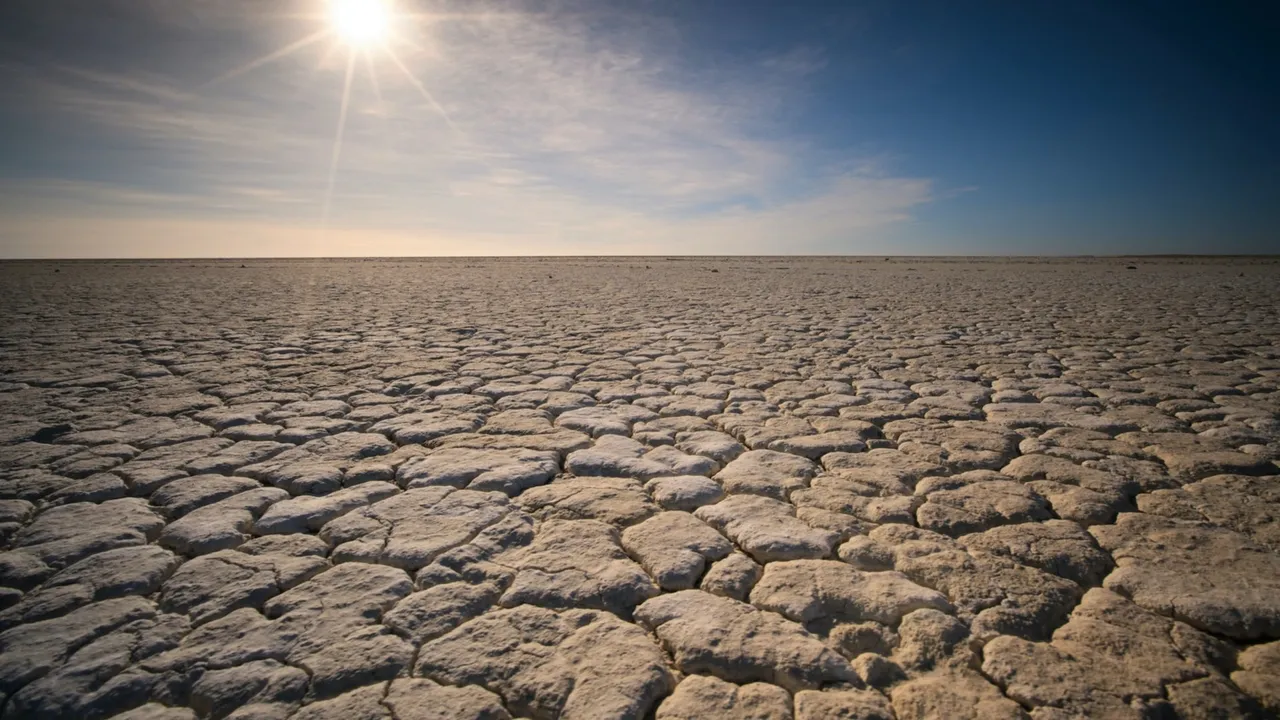Commonwealth _ Typically, the term “drought” evokes visions of dry soil, barren prairies, and empty reservoirs after prolonged dry periods. However, in the Caribbean’s sun-drenched islands, droughts can emerge swiftly, leaving little time for interventions to mitigate agriculture losses or alleviate strains on vital water supply systems for communities. These rapid occurrences, termed “flash droughts,” take center stage in a recent paper by Assistant Professor Craig Ramseyer from the College of Natural Resources and Environment. Published in the Journal of Hydrometeorology, Ramseyer’s findings emphasize the Caribbean Islands’ unique vulnerability to sudden droughts, advocating for novel approaches to accurately assess dry conditions in the region. Ramseyer, a Department of Geography educator, highlighted the tropics’ intense solar radiation, accelerating atmospheric processes. Despite regular rainfall, island ecosystems face heightened vulnerability to droughts. Ramseyer’s dedication to understanding tropical rainfall and severe weather in the Caribbean led to the introduction of a groundbreaking drought index. Departing from the traditional reliance on soil moisture measurements, this innovative index revolves around assessing drought risk through the lens of atmospheric moisture demand.
At its core, the index zooms in on evaporative demand a metric that intricately measures the atmosphere’s thirst and its ability to draw moisture from soil or vegetation. This shift in focus presents a holistic perspective on drought conditions, acknowledging the dynamic interplay between atmospheric moisture needs and the environment’s capacity to sustain it. In a collaborative effort alongside Paul Miller, an esteemed assistant professor at Louisiana State University, Ramseyer meticulously crafted and honed this pioneering approach. Their joint efforts merged expertise, research insights, and a shared commitment to revolutionize the understanding and prediction of drought occurrences in the Caribbean. Funded by the National Oceanic and Atmospheric Administration, Ramseyer stressed the significance of early drought detection. Traditional reliance on declining soil moisture in tropical settings lags in recognizing drought triggers. Identifying evaporative demand anomalies earlier could mitigate agricultural losses. Ramseyer underscored the broader impact of droughts, affecting not just agriculture but also tropical ecosystems and essential freshwater access crucial for Caribbean communities and their tourism-driven economies.
To grasp the impact of meteorological dynamics on drought, Ramseyer analyzed four decades of data from El Yunque National Forest’s long-term ecological study. His findings revealed the routine occurrence of flash droughts in the Caribbean, breaking the notion that droughts strictly adhere to traditional dry seasons. Ramseyer highlighted Puerto Rico’s unique climate position, influenced by the El Niño southern oscillation in the west and the cooler North Atlantic oscillation in the east. This positioning makes it a crucial spot for studying atmospheric shifts. The urgency to comprehend Caribbean droughts intensifies with global warming concerns. Ramseyer emphasized that a warmer planet increases overall atmospheric moisture, intensifying short-term Caribbean precipitation events while elevating drought magnitudes. This dual effect of climate change alters both extremes. Ramseyer’s pivotal role in Virginia Tech’s partnership with the University Corporation for Atmospheric Research underlines the significance of his efforts in advancing the study of atmospheric phenomena. His emphasis on establishing precise guidelines to detect flash droughts is vital, especially considering the impending challenges that Caribbean communities may face in terms of their infrastructure. Geography department chair Tom Crawford’s recognition of Ramseyer’s research approach speaks volumes about its significance in addressing the complexities of climate and meteorology. Ramseyer’s course on Climate Data Analysis and Programming stands as a testament to his dedication to nurturing the next generation of researchers. By imparting advanced computational techniques for climate analysis, Ramseyer ensures that future experts are equipped to handle the intricacies of studying and predicting climate patterns. Advocating for further research, Ramseyer seeks to explore the link between flash droughts, economic losses, and effective communication strategies to prepare stakeholders and communities for future drought events.








